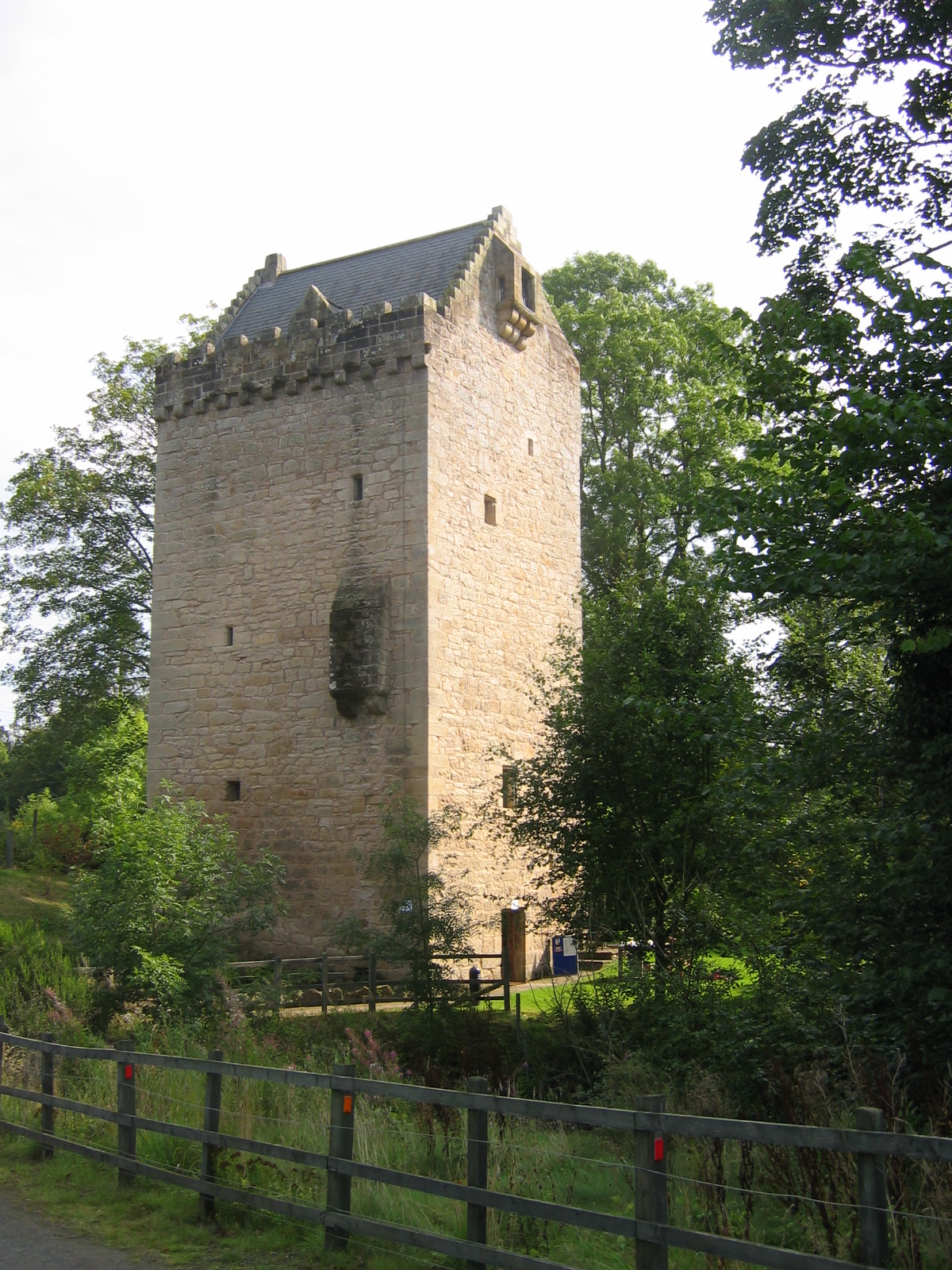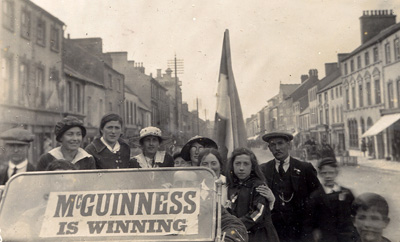|
Drumharsna Castle
Drumharsna Castle () is a tower house near Ardrahan, County Galway, in Ireland. History This castle is known to have been owned by Shane Ballagh in 1577 and was probably built some time before that. The castle was damaged when it was occupied in 1920 by the Auxiliary Division of the Royal Irish Constabulary (ADRIC) from Galway's D company stationed at Lenaboy house. The castle was witness to the torture and murder of two brothers, Patrick and Harry Loughnane, who were arrested by the Auxiliaries on 26 November 1920. Pat was an officer in Beagh Company of the IRA and Harry was the secretary of the ''Sinn Féin Sinn Féin ( ; ; ) is an Irish republican and democratic socialist political party active in both the Republic of Ireland and Northern Ireland. The History of Sinn Féin, original Sinn Féin organisation was founded in 1905 by Arthur Griffit ...'' cumann. The prisoners were taken to Drumharsna Castle, and their badly mutilated and burnt bodies were found dumped ... [...More Info...] [...Related Items...] OR: [Wikipedia] [Google] [Baidu] |
Tower House
A tower house is a particular type of stone structure, built for defensive purposes as well as habitation. Tower houses began to appear in the Middle Ages, especially in mountainous or limited access areas, to command and defend strategic points with reduced forces. At the same time, they were also used as an aristocrat's residence, around which a castle town was often constructed. Europe After their initial appearance in Ireland, Scotland, the Frisian lands, Northern Spain and England during the High Middle Ages, tower houses were also built in other parts of western Europe, especially in parts of France and Italy. In Italian medieval communes, urban ''palazzi'' with a very tall tower were increasingly built by the local highly competitive patrician families as power centres during times of internal strife. Most north Italian cities had a number of these by the end of the Middle Ages, but few now remain, notably two towers in Bologna, twenty towers in Pavia and fourtee ... [...More Info...] [...Related Items...] OR: [Wikipedia] [Google] [Baidu] |
Ardrahan
Ardrahan () is a village and civil parish in County Galway, Ireland. History Richard de Burgo conquered Galway in 1236, and granted the land to Maurice Fitzgerald who built the castle whose ruins still stand today. The churchyard wall contains the remains of a round tower, which suggests that a monastic community may have existed on the site before the castle was built. Places of interest The most noteworthy attraction in Ardrahan is Tulira Castle, once owned by playwright and independence activist Edward Martyn. Tulira Castle was for a long time owned by Galway County Council, but was bought in 2015 by CarTrawler owner Niall Turley for €5.8 million. The church at Labane, Ardrahan, which was the parish church of Joe Roche, has several stained glass windows by Alfred E. Child, Ethel Rhind and Michael Healy. The Ardrahan Grassland is a Special Area of Conservation located to the west of the village. Transport Ardrahan is on the R458. Ardrahan railway station opene ... [...More Info...] [...Related Items...] OR: [Wikipedia] [Google] [Baidu] |
County Galway
County Galway ( ; ) is a Counties of Ireland, county in Republic of Ireland, Ireland. It is in the Northern and Western Region, taking up the south of the Provinces of Ireland, province of Connacht. The county population was 276,451 at the 2022 census. There are several Gaeltacht, Irish-speaking areas in the west of the county. The traditional county includes the city of Galway, but the city and county are separate local government areas, administered by the Local government in the Republic of Ireland, local authorities of Galway City Council in the urban area and Galway County Council in the rest of the county. History The first inhabitants in the Galway area arrived around the 5th millennium BC. Shell middens indicate the existence of people as early as 5000 BC. The county originally comprised several kingdoms and territories which predate the formation of the county. These kingdoms included , , , , and . County Galway became an official entity around 1569 AD. The region ... [...More Info...] [...Related Items...] OR: [Wikipedia] [Google] [Baidu] |
Ireland
Ireland (, ; ; Ulster Scots dialect, Ulster-Scots: ) is an island in the North Atlantic Ocean, in Northwestern Europe. Geopolitically, the island is divided between the Republic of Ireland (officially Names of the Irish state, named Irelanda sovereign state covering five-sixths of the island) and Northern Ireland (part of the United Kingdomcovering the remaining sixth). It is separated from Great Britain to its east by the North Channel (Great Britain and Ireland), North Channel, the Irish Sea, and St George's Channel. Ireland is the List of islands of the British Isles, second-largest island of the British Isles, the List of European islands by area, third-largest in Europe, and the List of islands by area, twentieth-largest in the world. As of 2022, the Irish population analysis, population of the entire island is just over 7 million, with 5.1 million in the Republic of Ireland and 1.9 million in Northern Ireland, ranking it the List of European islands by population, ... [...More Info...] [...Related Items...] OR: [Wikipedia] [Google] [Baidu] |
Auxiliary Division
The Auxiliary Division of the Royal Irish Constabulary (ADRIC), generally known as the Auxiliaries or Auxies, was a paramilitary unit of the Royal Irish Constabulary (RIC) during the Irish War of Independence. It was founded in July 1920 by Major-General Henry Hugh Tudor and made up of former British Army officers, most of whom came from Great Britain and had fought in the First World War. Almost 2,300 served in the unit during the conflict. Its role was to conduct counter-insurgency operations against the Irish Republican Army (IRA), acting mainly as a mobile striking and raiding force. It operated semi-independently of the RIC and was mainly deployed to southern and western regions where fighting was heaviest. The Auxiliaries became infamous for reprisal attacks on civilians and civilian property in revenge for IRA actions, including extrajudicial killings and arson; most notably the burning of Cork city in December 1920. The Auxiliaries were distinct from the so-called ... [...More Info...] [...Related Items...] OR: [Wikipedia] [Google] [Baidu] |
Sinn Féin
Sinn Féin ( ; ; ) is an Irish republican and democratic socialist political party active in both the Republic of Ireland and Northern Ireland. The History of Sinn Féin, original Sinn Féin organisation was founded in 1905 by Arthur Griffith. Its members founded the revolutionary Irish Republic and its parliament, the First Dáil, and many of them were active in the Irish War of Independence, during which the party was associated with the Irish Republican Army (1919–1922). The party split before the Irish Civil War and again in its aftermath, giving rise to the two traditionally dominant parties of Irish politics: Fianna Fáil, and Cumann na nGaedheal (which merged with smaller groups to form Fine Gael). For several decades the remaining Sinn Féin organisation was small and often without parliamentary representation. It continued its association with the Irish Republican Army (1922–1969), Irish Republican Army. Another split in 1970 at the start of the Troubles led to th ... [...More Info...] [...Related Items...] OR: [Wikipedia] [Google] [Baidu] |
Castles In County Galway
A castle is a type of fortification, fortified structure built during the Middle Ages predominantly by the nobility or royalty and by Military order (monastic society), military orders. Scholars usually consider a ''castle'' to be the private fortified house, fortified residence of a lord or noble. This is distinct from a mansion, palace, and villa, whose main purpose was exclusively for ''pleasance'' and are not primarily fortresses but may be fortified. Use of the term has varied over time and, sometimes, has also been applied to structures such as hill forts and 19th- and 20th-century homes built to resemble castles. Over the Middle Ages, when genuine castles were built, they took on a great many forms with many different features, although some, such as curtain wall (fortification), curtain walls, arrowslits, and portcullises, were commonplace. European-style castles originated in the 9th and 10th centuries after the fall of the Carolingian Empire, which resulted ... [...More Info...] [...Related Items...] OR: [Wikipedia] [Google] [Baidu] |
Ruins In The Republic Of Ireland
Ruins () are the remains of a civilization's architecture. The term refers to formerly intact structures that have fallen into a state of partial or total disrepair over time due to a variety of factors, such as lack of maintenance, deliberate destruction by humans, or uncontrollable destruction by natural phenomena. The most common root causes that yield ruins in their wake are natural disasters, armed conflict, and population decline, with many structures becoming progressively derelict over time due to long-term weathering and scavenging. There are famous ruins all over the world, with notable sites originating from ancient China, the Indus Valley, ancient Iran, ancient Israel and Judea, ancient Iraq, ancient Greece, ancient Egypt, ancient Yemen, Roman, ancient India sites throughout the Mediterranean Basin, and Incan and Mayan sites in the Americas. Ruins are of great importance to historians, archaeologists and anthropologists, whether they were once individual fo ... [...More Info...] [...Related Items...] OR: [Wikipedia] [Google] [Baidu] |





